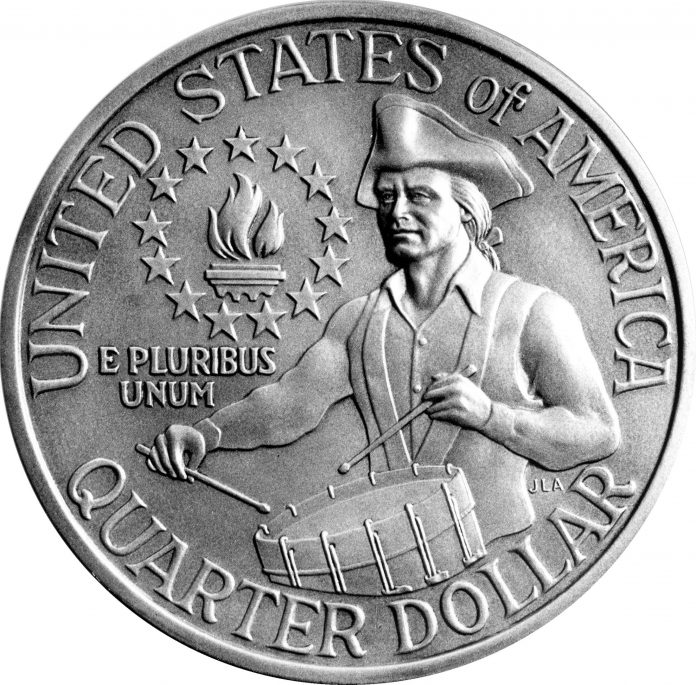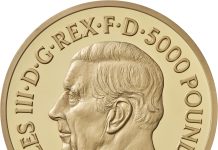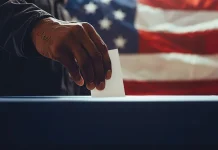
Before the 50 State Quarters program began in 1999, coin collectors of the late 20th century sought the 1776-1976 Bicentennial quarter. Struck in 1975 and 1976 and dual-dated 1776-1976 to honor our nation’s 200th birthday, the Bicentennial quarter features a special reverse design celebrating the signing of the Declaration of Independence on July 4, 1776.
The 1776-1976 Bicentennial quarter features the typical obverse design of George Washington by John Flanagan with the special addition of the 1776-1976 dual dating below Washington’s bust; meanwhile, the reverse features the visage of a colonial drummer boy as designed by Jack L. Ahr. Over the course of the coin’s production, the U.S. Mint struck 809,784,016 examples representing the Philadelphia Mint while Denver produced 860,118,839. The San Francisco Mint produced 7,059,099 clad proofs while it also struck 11 million 40% silver uncirculated pieces and 4 million 40% silver proofs. A number of the 40% silver coins were later melted.
The 1976 Bicentennial quarter is becoming increasingly difficult to find in circulation these days, but it isn’t rare. Worn clad examples are still worth only face value, while these same clad pieces in uncirculated condition normally trade for 50 cents to $1 each. Clad proofs are worth $1 to $2, while the 40% silver examples typically trade for $3 to $5 each. Nevertheless, the 1776-1976 Bicentennial quarter is a terrific collectible coin that is included in many collections of modern U.S. coins and loved by the numismatists who remember finding these coins in circulation during their younger years. smoke shop








